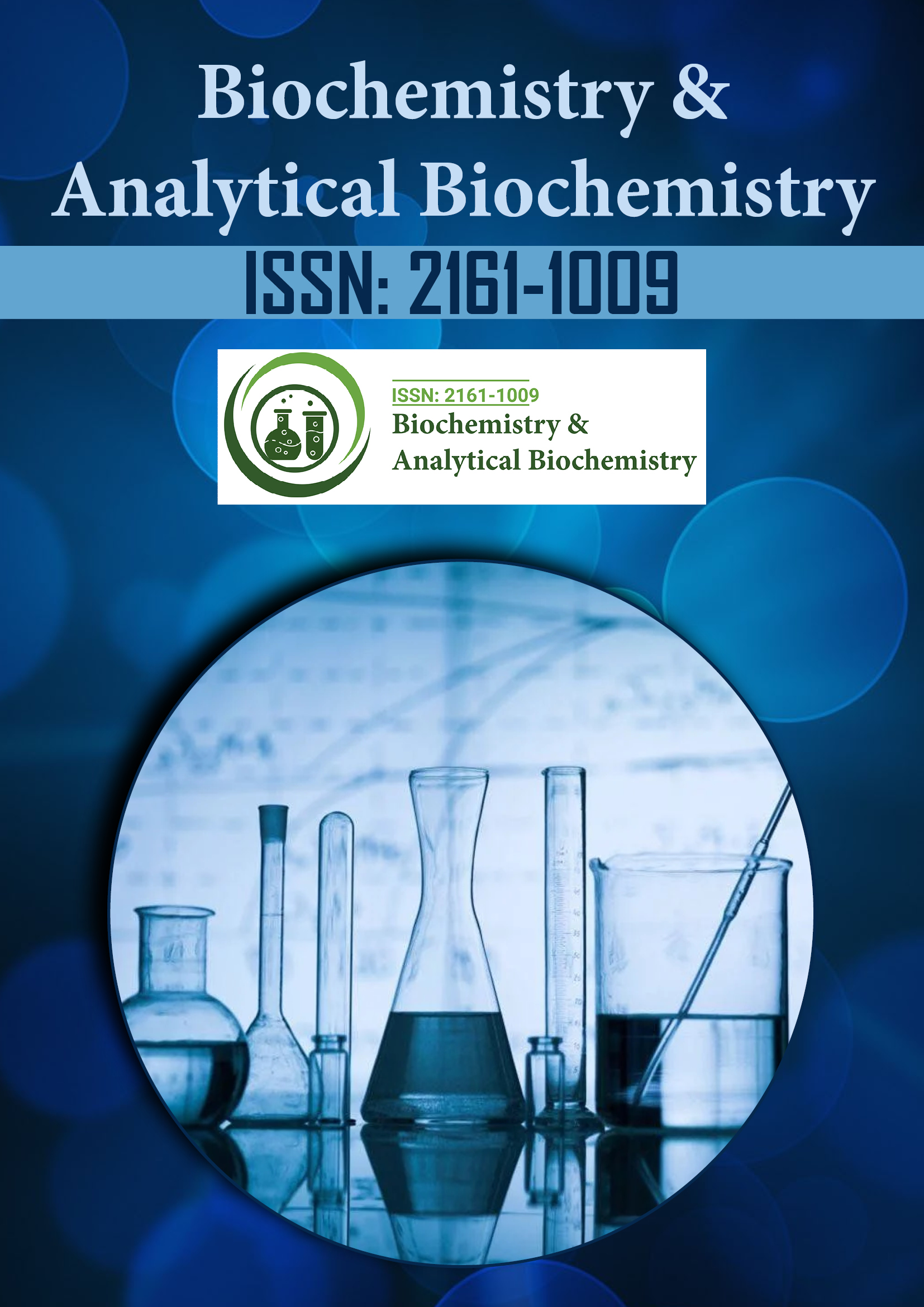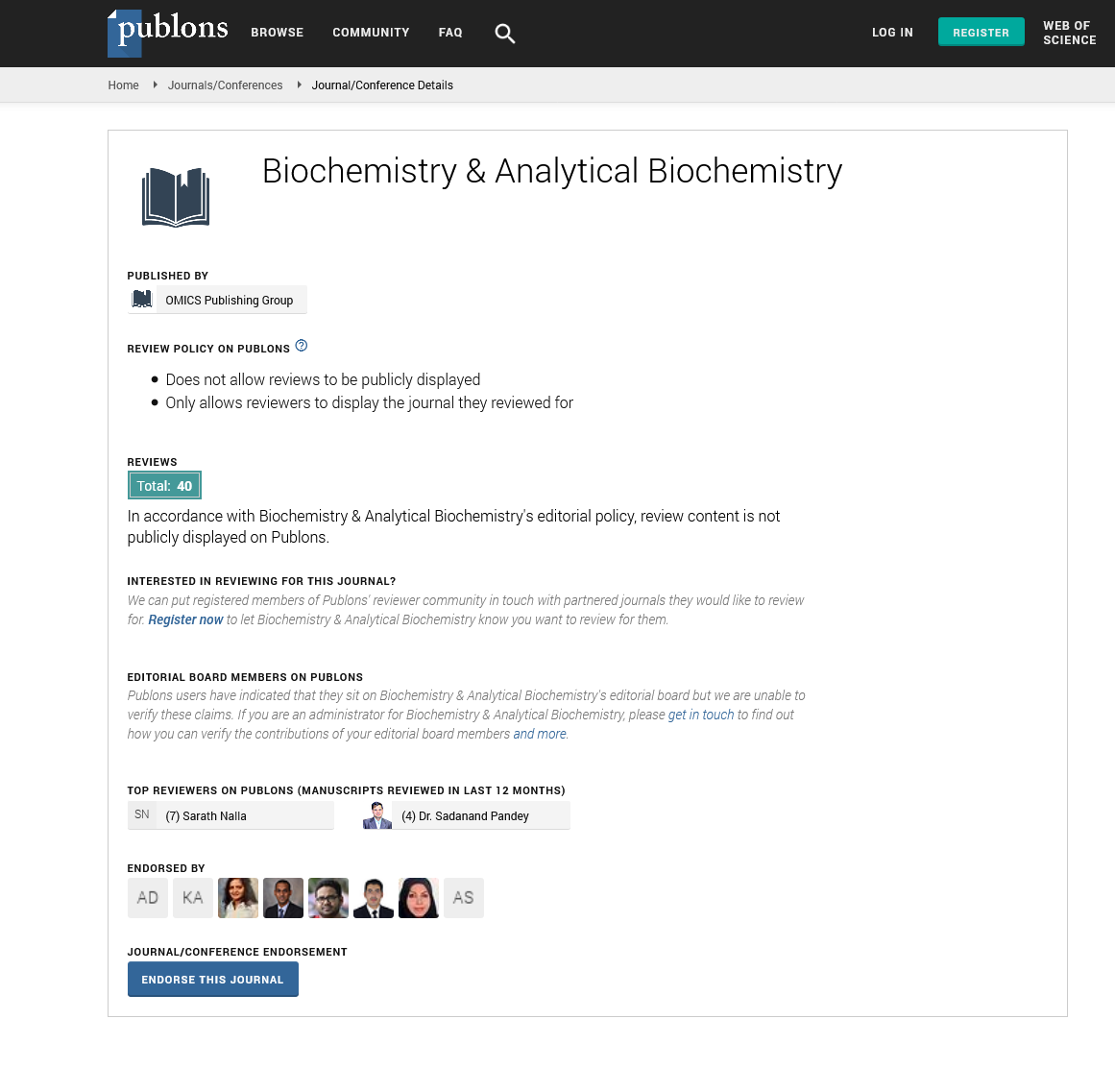Indexed In
- Open J Gate
- Genamics JournalSeek
- ResearchBible
- RefSeek
- Directory of Research Journal Indexing (DRJI)
- Hamdard University
- EBSCO A-Z
- OCLC- WorldCat
- Scholarsteer
- Publons
- MIAR
- Euro Pub
- Google Scholar
Useful Links
Share This Page
Journal Flyer

Open Access Journals
- Agri and Aquaculture
- Biochemistry
- Bioinformatics & Systems Biology
- Business & Management
- Chemistry
- Clinical Sciences
- Engineering
- Food & Nutrition
- General Science
- Genetics & Molecular Biology
- Immunology & Microbiology
- Medical Sciences
- Neuroscience & Psychology
- Nursing & Health Care
- Pharmaceutical Sciences
Association between hypertriglyceridemia and protein oxidation and pro-inflammatory markers in normocholesterolemic and hypercholesterolemic individuals
International Conference on Clinical Chemistry & Laboratory Medicine
October 17-18, 2016 Chicago, USA
Jonatas Zeni Klafke and Paulo Ricardo Nazario Viecili
Universidade de Cruz Alta, Brazil
Posters & Accepted Abstracts: Biochem Anal Biochem
Abstract:
Background: Although hypercholesterolemia is a well-established risk factor for coronary heart disease, evidence suggests that elevated triglyceride (TG) levels are also an independent risk factor. TG levels above 150 mg/dL are observed nearly twice as often in subjects with atherosclerosis. Aim: The major aim of this work was to assess the association between hypertriglyceridemia and protein oxidation and proinflammatory markers in normocholesterolemic and hypercholesterolemic individuals. Design & Methods: This study included 127 volunteers enrolled in Cruz Alta, RS, Brazil. The patients were stratified based on total cholesterol and TG levels for analysis of associations with inflammation (high-sensitivity C-reactive protein-hs-CRP), endothelial dysfunction (nitric oxide-NOx) and oxidative stress (advanced oxidation protein products-AOPPs; ischemia-modified albumin- IMA). Correlations between variables were determined and multiple regression analysis was employed to investigate whether some variables correlate with TG concentrations. Results: Hypertriglyceridemia was related to oxidative stress and proinflammatory markers in individuals independent of total cholesterol levels. Moreover, the results indicate a stronger association of tested biomarkers with TG levels than with total cholesterol. The results indicate a positive correlation between oxidative stress and TG levels in the sera of hypercholesterolemia subjects. AOPPs and IMA concentrations were associated with the presence of hypertriglyceridemia in a manner that was independent of age, gender, hypertension and diabetes mellitus disease, smoking habits, sedentary lifestyle, BMI, waist circumference, LDL, HDL and total cholesterol levels. Conclusions: We speculate that TG levels can reflect the enhancement of protein oxidation and pro-inflammation.
Biography :
Email: jonzeni@hotmail.com

